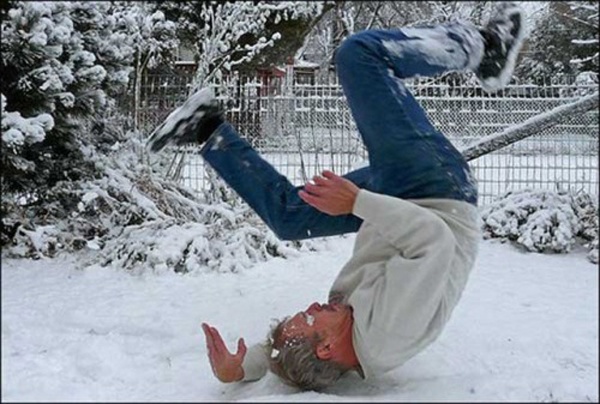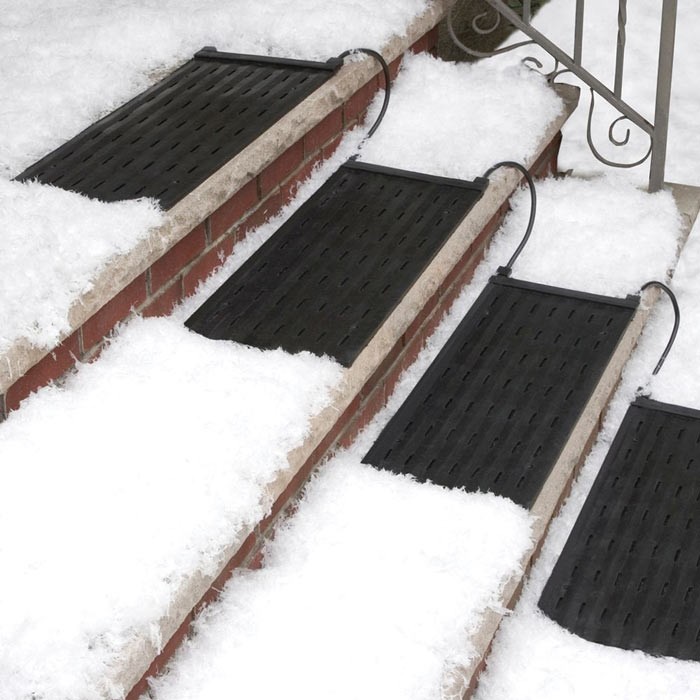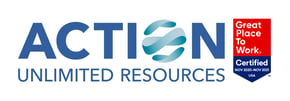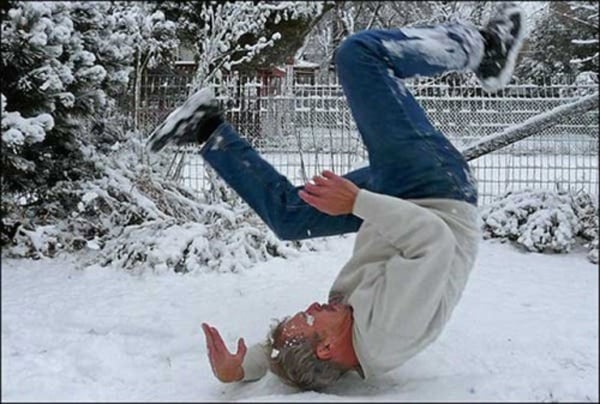
As funny as they may have been as a kid, slips on ice are no longer a laughing matter! The average claim for a snow or ice related fall injury is $33,000. Owners and managers of commercial property have a responsibility to ensure that walkways, steps, and parking areas don’t pose dangerous slip and fall threats to employees, customers, and guests. Rather than make difficult judgement calls, the better policy is to act as if the storm will occur. With proper, prior planning ahead of time, facilities can ensure that people and resources are mobilized when necessary to avoid costly gambles this winter and still enjoy the snow!
Pre-Season Checklist
Identifying who is responsible for snow and ice removal is often the starting point. This person should have a pre-season checklist to:
- Ensure that snow removal contracts are in place if applicable
- Equipment is serviced and ready for the season
- Ice melt and rock salt supplies are stocked
- Staff is trained and prepared in the event of a storm
Pre-Treatment
A few best practices for reasonable preparation:
- Pretreat surface with heated matting or snow and ice-melting compounds prior to any precipitation
- Place caution signs in areas that may become hazardous
- Place proper entrance mats in high-traffic areas
Treatment/Removal
Depending on the walkway, stairway or parking surface, some methods of treatment are more suitable than others. However, a few basic tips will help to optimize effective removal practices:
- Regardless of the surface, remove snow and ice buildup during and after an event to prevent refreezing, and reduce surface damage potential
- After the storm, clear all accumulated snow and ice, and remember to retreat in areas that will experience lingering thaw and refreezing cycles (Note: This can last several days and in some cases weeks)
- Remove excess buildup of ice melt and rock salt residual from walkways after an event to prevent them from entering buildings

New technologies provide a layer of heated surface that prevent precipitation from freezing. This will ensure safe walkways & stairways during even the most challenging storm conditions. In addition, these solutions reduce ice melting compound use which means less residue is tracked into buildings. When less residue is tracked inside, the costs related to cleanup and floor repairs are dramatically reduced.
Surface Type
Although many specialty surfaces exist, those most commonly treated with ice melts are asphalt and concrete.
Asphalt: This surface is least susceptible to damage from ice melt and rock salts. As a rule, sodium chloride, also known as rock salt, should only be used on asphalt not concrete or decorative walks. Although costlier, calcium chloride, magnesium chloride, and blended ice melt products can be used as more effective solutions on asphalt surfaces.
Concrete: This surface is more susceptible to damage. Concrete spalling or scaling is a common form of damage that occurs in areas that experience freeze and thaw cycles. During the freeze cycles, water in the concrete expands and creates pressure. Over time, repeated cycles of freezing and thawing can break away the top layer leaving a course, damaged surface. De-icing chemicals can aggravate this problem. Rock salt should not be used. Ice melts such as calcium chloride, magnesium chloride, and blended materials can be used on concrete and should be applied evenly to avoid piles or buildup.
Breaking down the options
Calcium Chloride: With an effective melting temperature of -25˚F, it is often considered the most effective deicer, providing the fastest melt with the lowest application rate compared to other ice melts.
- Recommended rate of application is 1/3 cup per sq. yard and may cause damage to vegetation if over applied
Blends: A combination of deicers such as sodium chloride, calcium chloride, magnesium chloride, and others provide a product that melts faster and better than rock salt alone at a lower price-point than premium products.
Rock Salt: Sodium chloride is readily accessible and relatively inexpensive. However, it may be slow and ineffective at temperatures under 20˚F. Rock salt is corrosive on concrete and harmful to surrounding lawns, plants, and animals.
Stay ahead of winter weather and avoid fall liability! There’s still time to take advantage of preseason prices on deicer's! Contact us below for more information.




Enjoy this blog? Leave a comment or ask a question!